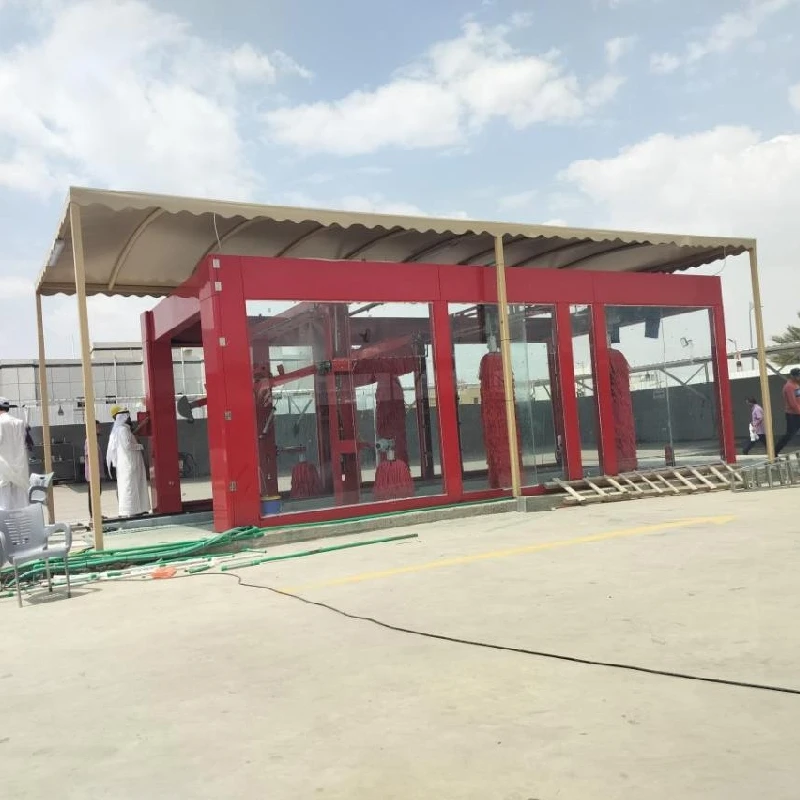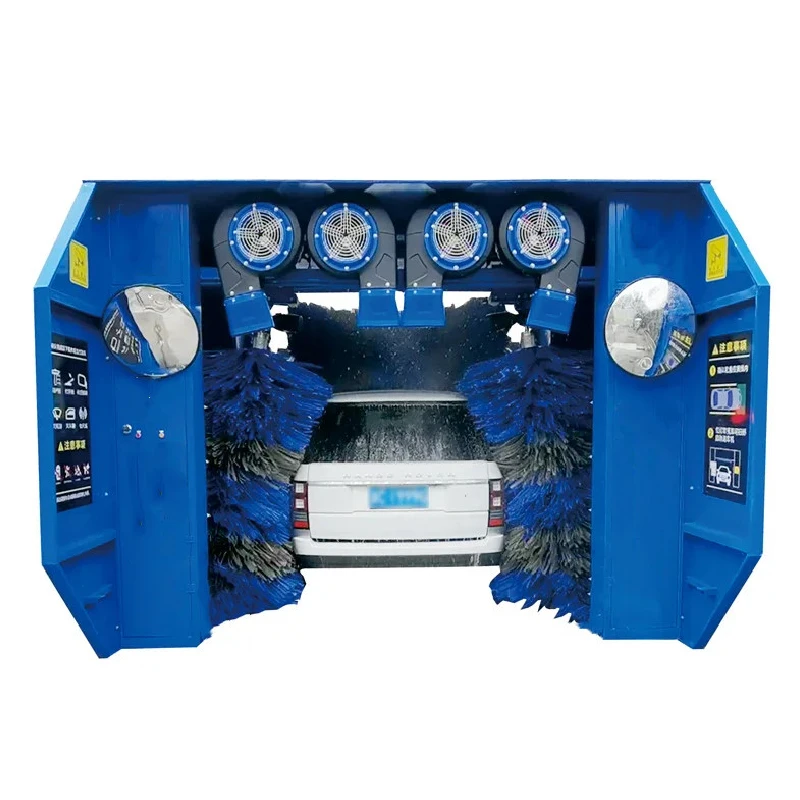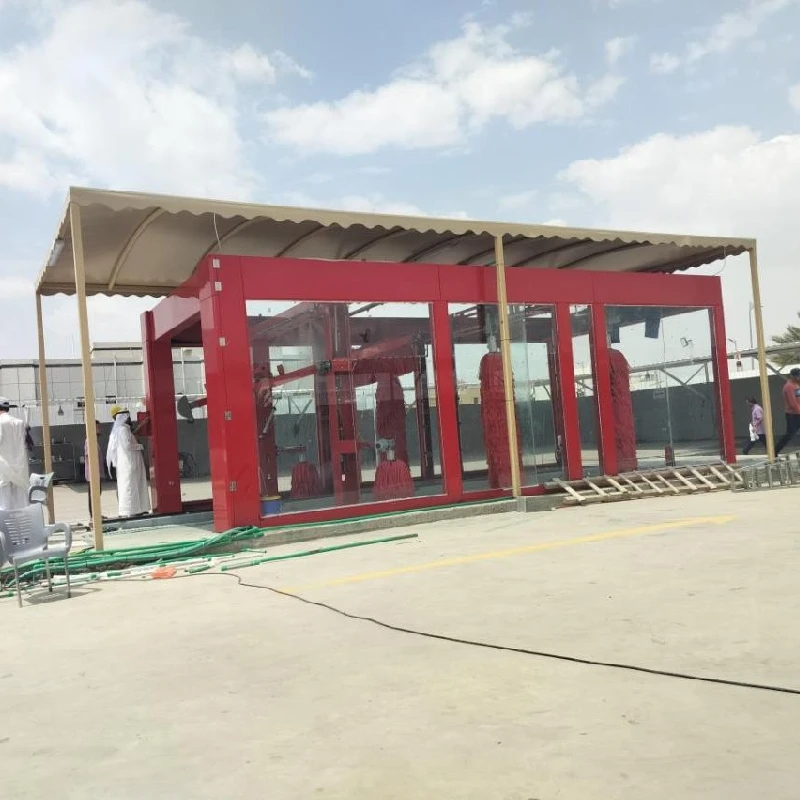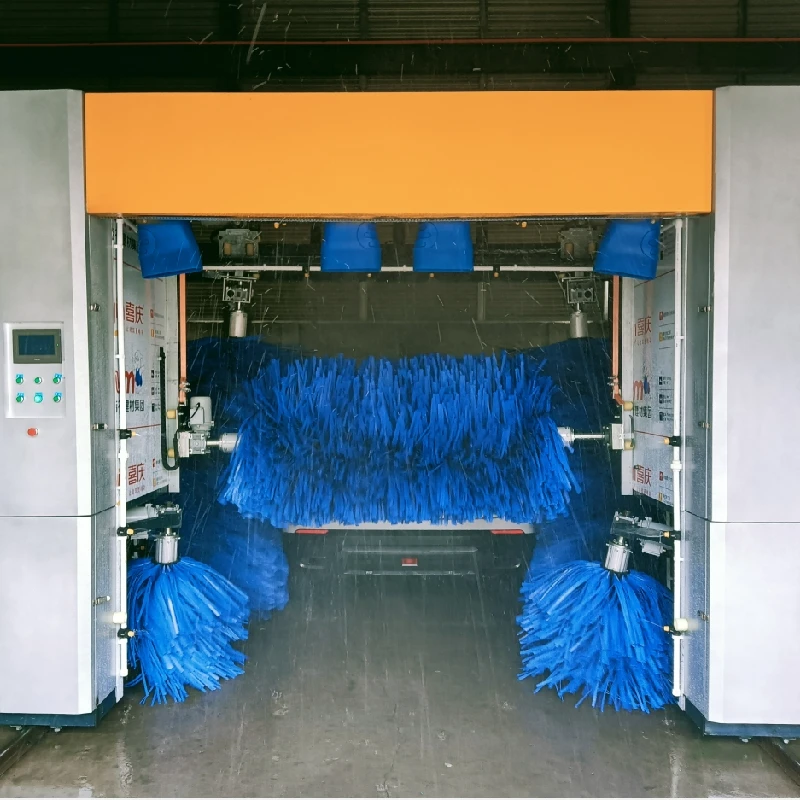Car Wash Tunnel Design: Efficient, Durable, Custom Solutions
Inside the modern car wash tunnel: what matters in design (and what’s just noise)
I’ve walked a few factory floors where wash tunnels are born, and the good ones share a certain rigor. When you start talking car wash tunnel design, you’re really talking about corrosion physics, power management, water chemistry, and uptime economics. Bit less glamorous than neon foam, I know—but that’s the stuff that makes or breaks your payback.
Industry trends I see on the ground
- Energy-smart tunnels: VFD-driven blowers and pumps, soft-start motors, and smarter PLC logic to trim kWh during off-peak passes.
- Water reclaim and RO: operators push for ≈60–120 L/vehicle, with 3-stage reclaim and RO spot-free arches.
- Hardening against chemicals: better galvanizing + powder systems to survive acid wheel chemistry and alkaline presoaks.
- Remote telemetry: fault logs, chemical levels, and conveyor load data in one dashboard—saves midnight callouts, honestly.

A closer look at DY-QC-9: materials and methods
The DY-QC-9 Tunnel Car Washing Machine is built from national-standard galvanized profiles and plates, then CNC machined, welded, formed, and re-galvanized before a high-temperature powder spraying finish. In plain English: protect the steel first, add mechanical precision, then seal it with a tough coat. That sequence is the current manufacturing baseline among serious tunnel builders.
Product specifications (typical for this class; confirm final config)
| Product | DY-QC-9 Tunnel car washing machine |
| Origin | 27Retail Sales, East Of Fuxin Road, Qiaoxi Area, Xingtai, Hebei, China |
| Frame & panels | National standard galvanized profiles & plates; CNC machining; welding; forming |
| Surface protection | Galvanizing + powder spray high-temperature melting paint; coating ≈80–120 μm (real-world may vary) |
| Throughput | ≈60–100 cars/hour depending on tunnel length, options, and staffing |
| Controls | PLC + HMI; VFDs for pumps/blowers common; safety interlocks per regional code |
| Service life | ≈8–15 years with routine maintenance and water chemistry control |
| Testing references | Coating adhesion per ASTM D3359; salt-spray per ISO 9227; electrical IP per IEC 60529 (target IP65 in wet zones) |
How a tunnel actually runs (process flow)
Load-on conveyor; pre-soak arch; foam curtain; friction brushes (soft cloth or closed-cell foam); high-pressure side-blasters for rocker panels; wheel chemical + turbo nozzles; rinse; wax/sealant; RO spot-free; then stacked blowers with air-knives. Design choices—arch count, dwell time, nozzle angles—are the DNA of car wash tunnel design. Good layouts also keep the pump room tidy: color-coded manifolds, reclaim filters, easy access to chemical draw tubes (operators thank you later).
Vendor comparison (indicative)
| Criteria | DY-QC-9 | Generic Import | Local Fabricator |
|---|---|---|---|
| Frame protection | Galvanized + high-temp powder | Painted steel; mixed galvanizing | Varies (often painted only) |
| Customization | Moderate; configurable arches/brushes | Low; fixed BOM | High; project-based |
| Docs & training | Structured manuals, typical | Inconsistent | Depends on shop |
| Warranty & support | Factory-backed; spares program | Limited | Local, variable |
Applications and customization
C-stores wanting 1,000–3,000 washes/week, dealership service lanes chasing CSI, fleet depots, even municipal transit yards—each site nudges car wash tunnel design a bit. Options I’d budget for: wheel blasters (winter salt zones), undercarriage rinse, foam pods for show, and reclaim with carbon filtration. Lane width, brush material, and blower horsepower are easy levers.
Field notes and feedback
Operators tell me downtime drops when pump rooms are labeled and valves are reachable—simple as that. One Hebei convenience-site manager said their new tunnel felt “gentler on mirrors” yet cleaned wheels better after they tweaked nozzle angles. Not scientific, but it tracks with good car wash tunnel design: control turbulence, shorten drip distance, keep chemicals fresh.
Quality and testing touchpoints
- Coating durability: salt-spray benchmarking per ISO 9227/ASTM B117; many shops aim for >480 h without red rust.
- Adhesion: cross-hatch per ASTM D3359; target 4B–5B on powder.
- Electrical: IP65 devices in wet bays; GFCI/RCD where code requires.
- Safety: interlocks and e-stops aligned with CE Machinery Directive principles.
Bottom line: the DY-QC-9’s galvanized skeleton plus high-temp powder coat hits the durability notes I look for. If you’re scoping a purchase, walk the pump room, ask for coating thickness and salt-spray data, and make sure spare parts are on a shelf—not on a boat.
Citations
- ISO 9227: Corrosion tests in artificial atmospheres — Salt spray tests.
- ASTM B117: Standard Practice for Operating Salt Spray (Fog) Apparatus.
- ASTM D3359: Standard Test Methods for Rating Adhesion by Tape Test.
- IEC 60529: Degrees of protection provided by enclosures (IP Code).
- ISO 1461: Hot dip galvanized coatings on fabricated iron and steel articles — Specifications and test methods.
- 2006/42/EC: EU Machinery Directive (safety of machinery).
- UL 508A: Industrial Control Panels (where applicable to control enclosures).
-
Car Wash Equipment – Durable, Efficient, Pro-Grade SystemsNewsNov.10,2025
-
automatic car washing machine price list: Fast ROI, Low CostNewsNov.10,2025
-
Car Wash Tunnel Design for High Throughput, ROI & UptimeNewsNov.10,2025
-
Car Wash Tunnel Design | High Throughput & Low MaintenanceNewsNov.10,2025
-
Automatic Car Washing Machine Price List - Fast ROINewsNov.10,2025
-
Car Wash Tunnel Design: High Throughput, Custom & DurableNewsOct.27,2025




